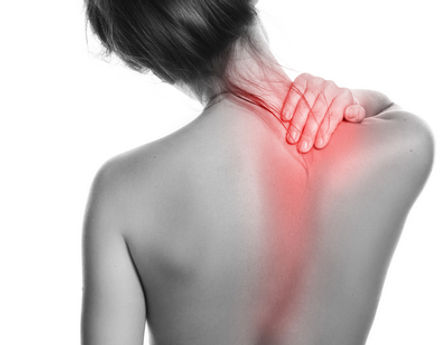Osteoarthritis pain treatment
Schedule an appointment with a professional rheumatologist consultant to get rid of osteoarthritis pain in the knees, hip, neck and other joints. Tap the button below to fill the contact form.
What is Osteoarthritis?
Osteoarthritis is the most common type of arthritis and is also known as “wear and tear” arthritis. It occurs when the cartilage between bones breaks down, resulting in joint pain. Cartilage’s function is to cushion the bones that meet at the joint. With osteoarthritis, cartilage stiffens and becomes less flexible and therefore less able to cushion and absorb shocks.
Broken cartilage does not regrow on its own, so osteoarthritis typically worsens over time. It can affect any joint in the body, although it frequently affects the weight-bearing joints such as the knees, hips and spine. The onset of osteoarthritis is usually in middle age, and it is most prevalent in women over the age of 50.

Symptoms and causes
Osteoarthritis causes joint pain. The condition is especially common in the knees, hips, hands, and spine. Pain may increase related to weather and can feel like stiffness, tenderness and swelling. Pain may also increase during active use of the joint, immediately after use of the joint, or at the end of the day.
Joint stiffness is typically worse in the morning. Osteoarthritis can even result in joint deformity and limping. It can weaken muscles around the affected joint, causing buckling. Moving the affected joints can feel like the bones are grating or scraping against each other. People with osteoarthritis have an increased risk of falls and fractures.

Osteoarthritis can be treated with medication, physical therapy and sometimes surgery. Although it usually occurs gradually, the condition can be worsened by injury or obesity. Maintaining a healthy weight and controlling blood sugar is important to help prevent or manage symptoms. In turn, having osteoarthritis can make mobility difficult and lead to reduced exercise which increases the risk of obesity, heart disease and diabetes.
Physical therapy and certain exercises can help reduce the pain of osteoarthritis. Helpful exercises include stretching, balance and strengthening exercises as well as cardio. Medications such as acetaminophen, aspirin and ibuprofen can help with pain and steroids or plasma injections can reduce inflammation. Joint replacement surgery is an option for the most severely affected patients.
Treating osteoarthritis

FAQs about osteoarthritis
- 01
- 02
- 03
- 04
- 05






